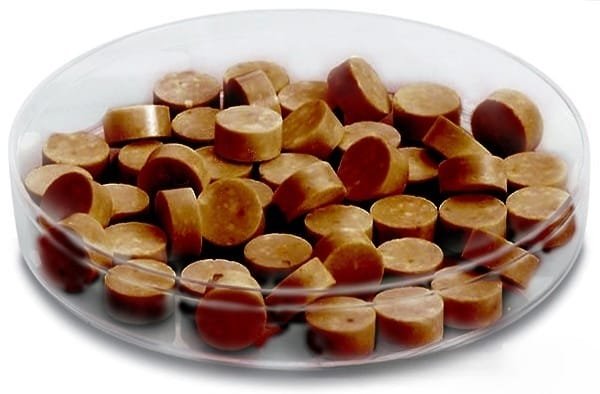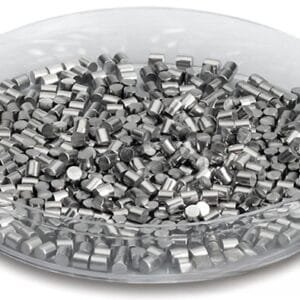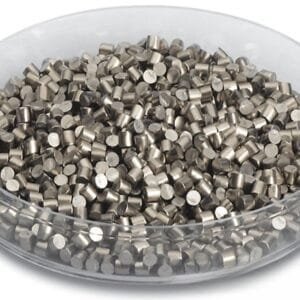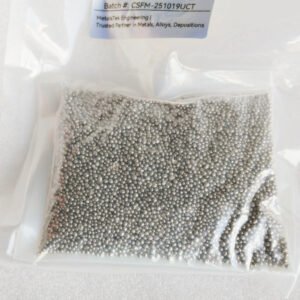Lanthanum Aluminate Evaporation Materials Overview
TFM offers high purity lanthanum aluminate evaporation materials, an essential component in oxide evaporation with the chemical formula LaAlO3. These materials are crucial for achieving high-quality deposited films in various deposition processes. Our lanthanum aluminate materials are produced to a purity level of up to 99.9995%, supported by stringent quality assurance measures to ensure product reliability.
Related Products: Lanthanum Evaporation Materials, Aluminum Evaporation Materials
Specifications
| Material Type | Lanthanum Aluminate |
| Symbol | LaAlO3 |
| Color/Appearance | Tan to brown |
| Melting Point | 2,080 °C |
| Theoretical Density | 6.52 g/cm3 |
| Purity | 99.5% ~ 99.99% |
| Shape | Powder/ Granule/ Custom-made |
Applications
Lanthanum aluminate evaporation materials are utilized in:
- Deposition processes, including semiconductor deposition, chemical vapor deposition (CVD), and physical vapor deposition (PVD).
- Optics applications, such as wear protection, decorative coatings, and display technologies.
Packaging
Our lanthanum aluminate evaporation materials are meticulously tagged and labeled for efficient identification and quality control. We take extensive care to prevent any damage during storage and transportation.
Contact Us
TFM is a leading provider of high purity lanthanum aluminate evaporation materials, available in various shapes including tablets, granules, rods, and wires. Customized forms and quantities can be accommodated upon request. We also supply evaporation sources, boats, filaments, crucibles, heaters, and e-beam crucible liners. For current pricing or to inquire about other materials not listed, please contact us directly.


 MSDS File
MSDS File



Reviews
There are no reviews yet.